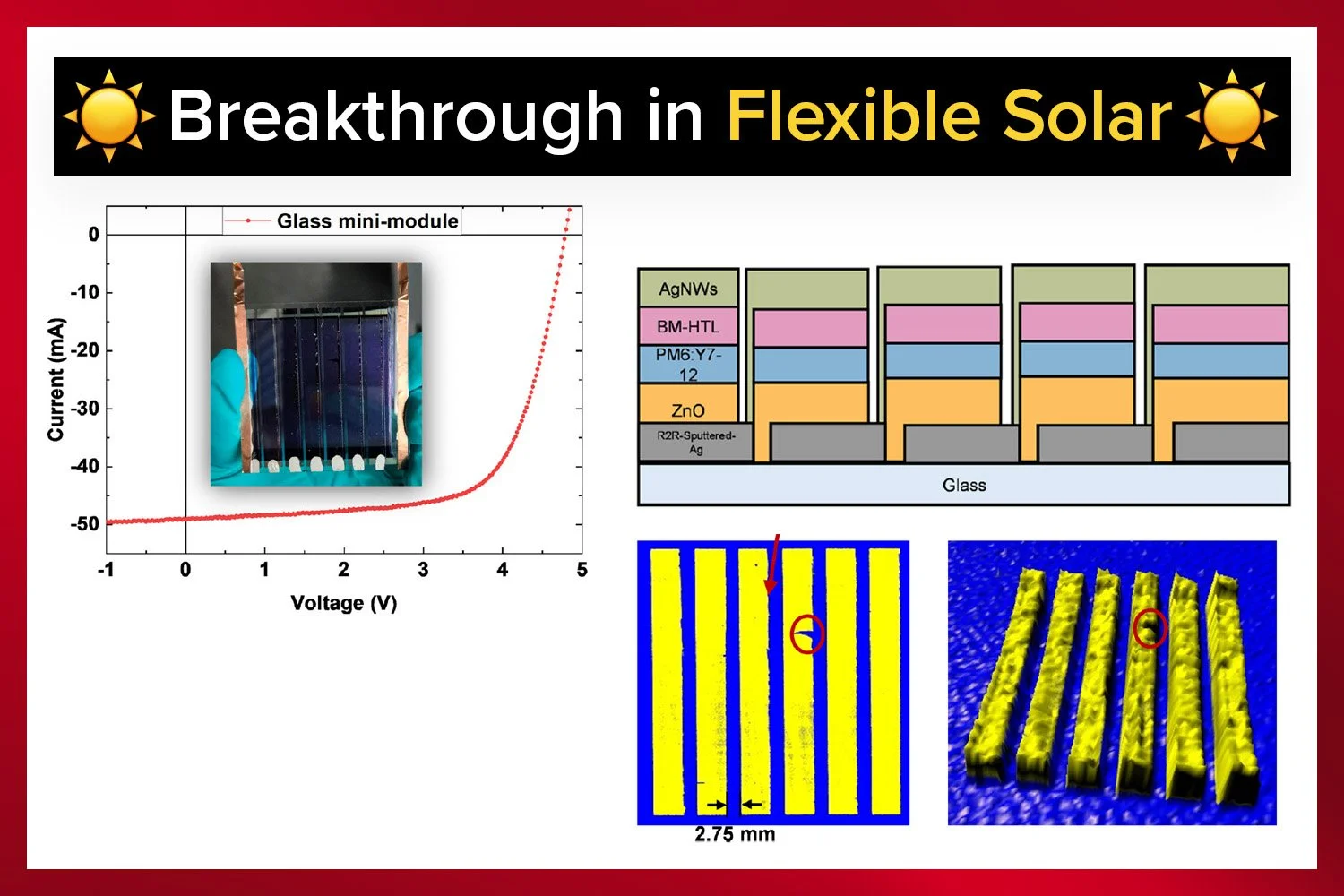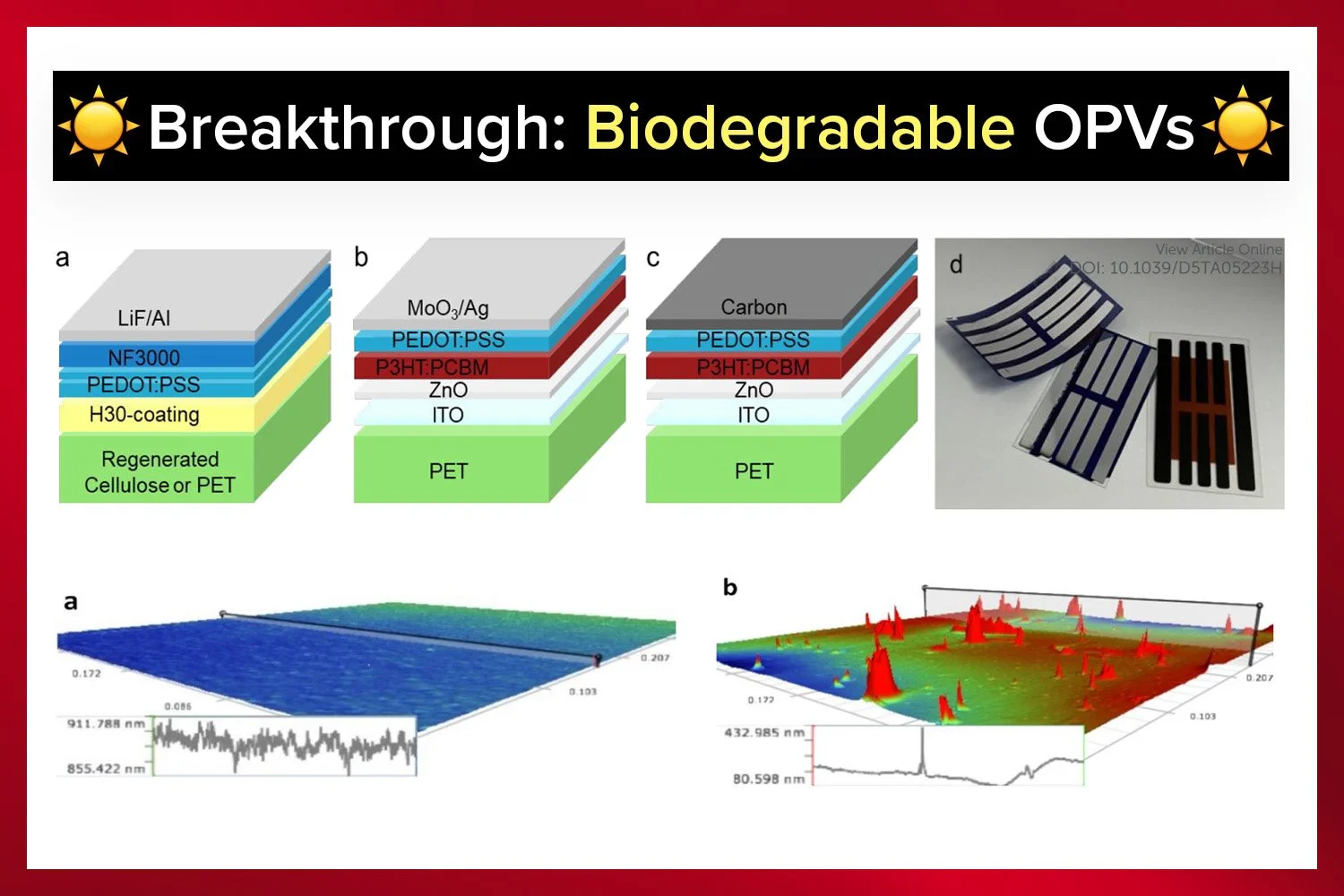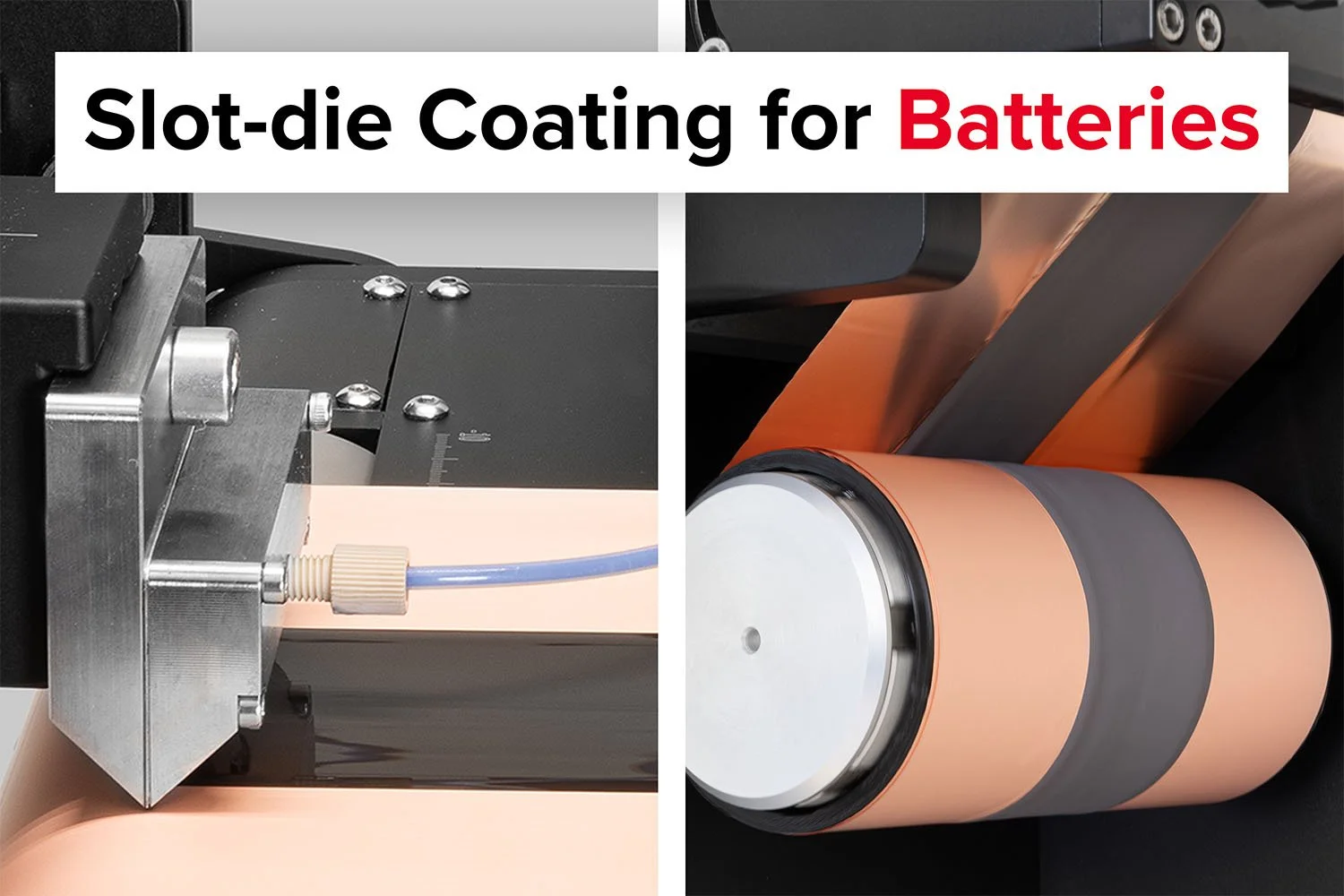Exploring Advanced Resin Formulations and 3D Printing Techniques for Precision Coatings and Particle Fabrication
In the world of advanced manufacturing, precision coating technologies, such as slot-die coating, are playing a critical role in the development of high-performance materials. These techniques are integral in producing thin films and coatings for a variety of applications, including solar cells, batteries, and sensors. A recent study explored innovative 3D printing methods using high-resolution Continuous Liquid Interface Production (CLIP) to fabricate precise resin formulations, allowing for the creation of intricate microstructures and advanced coatings. This blog post breaks down the study’s methods, findings, and how these innovations relate to applications in slot-die coating and other advanced material processes.
Key Highlights
High-resolution CLIP Printing: The study utilized a high-resolution CLIP printer, capable of producing precise and uniform structures with micron-level accuracy.
Advanced Resin Formulations: Several resin formulations were developed and tested, each suited for different applications, including drug delivery and ceramic fabrication.
Particle Harvesting: The process of harvesting particles directly from printed substrates was optimized to ensure high-quality production.
Polymer-derived Ceramics: The study demonstrates how 3D printed resins can be transformed into technical ceramics through pyrolysis, opening up new possibilities for material science.
Build your own R2R Slot-die Coater machine. Choose between slot-die heads, flexographic printers, slurry coaters, air knives, drying and curing units, laminators and more.
High-Resolution CLIP: A Breakthrough in Microstructure Fabrication
The Continuous Liquid Interface Production (CLIP) process has already transformed additive manufacturing with its rapid and high-resolution capabilities. In this study, researchers refined the technique further by introducing custom hardware and tailored resin formulations to achieve unparalleled precision.
The modified CLIP printer utilized a high-precision z-stage and a 385 nm digital light processing (DLP) light engine with interchangeable lenses for micro-scale resolution. This setup allowed for the creation of microstructures with intricate geometries while maintaining tight dimensional control.
The team employed advanced resin formulations, combining monomers like HDDA and HDDMA with specialized photo-initiators and ultraviolet absorbers. These formulations ensured optimal curing and homogeneity, critical for achieving the desired layer thickness and structural stability.
Innovative Harvesting and Processing Techniques
An essential aspect of the study involved developing efficient harvesting methods for the printed particles. Using a polyethylene terephthalate film as a substrate, the researchers implemented a combination of tensioning, cleaning, and post-print curing steps. These processes ensured that particles were free from defects and adhered consistently to the substrate.
To separate the particles from the film, the team employed sonication and heating baths, combined with a stainless steel razor blade. This method proved effective for delaminating particles while maintaining their integrity. The harvested particles were then subjected to further analysis and processing, including pyrolysis for ceramic transformation.
Polymer-Derived Ceramics: From Resins to Advanced Materials
One of the most intriguing aspects of the study was the conversion of polymer-based microstructures into ceramics. The researchers used a preceramic resin formulation that included SIL 30, HDDA, and other components to fabricate particles that could be pyrolyzed into ceramic forms.
The pyrolysis process involved heating the particles in a nitrogen atmosphere at controlled temperatures, with multiple stages to optimize the ceramic structure. The resulting materials exhibited excellent thermal stability and structural integrity, making them suitable for high-performance applications.
To further demonstrate the versatility of the approach, the researchers annealed samples at higher temperatures to study phase transitions and structural changes. These experiments confirmed the potential of polymer-derived ceramics for technical applications, including electronics and energy storage.
Exploring Applications: Drug-Delivery Cubes
The study also ventured into biomedical applications by fabricating microstructures designed for controlled drug delivery. The team created 400 µm-sized cubes with internal cavities, designed to house active agents like methylene blue.
These structures were fabricated using a PEGDMA-based resin and manually filled with the drug solution. Although the process involved manual manipulation, the researchers highlighted the potential for automation in future studies. The ability to precisely control wall thickness and geometry opens doors to customized drug-release systems tailored to specific medical needs.
Discover everything you need to know about slot-die coating in our comprehensive guide.
Conclusion
This study represents a significant step forward in precision manufacturing, combining advanced CLIP techniques with polymer-derived ceramic materials. The integration of customized hardware, innovative resins, and efficient harvesting methods has expanded the possibilities for creating microstructures with high accuracy and versatility. The applications of this research extend across various industries, from technical ceramics to biomedical engineering. By demonstrating the feasibility of high-resolution fabrication and ceramic transformation, the study paves the way for future innovations in material science and manufacturing technologies. For researchers and engineers, the methodologies outlined in this work offer valuable insights into achieving precision and performance in advanced manufacturing processes. This study not only showcases technical advancements but also inspires further exploration into the potential of additive manufacturing and material transformation.
Authors:
Jason M. Kronenfeld, Stanford Universty
Lukas Rother, Stanford Universty
Max A. Saccone, Stanford Universty
Maria T. Dulay, Stanford Universty
Joseph M. DeSimone, Stanford Universty

















Probably the World’s Most Compact R2R Slot-die Coater: A compact, fully integrated roll-to-roll coating platform for laboratories, complete with a mounting system, anodized rollers, a syringe pump, a 65 mm stainless slot-die head and an infrared oven system—delivering unmatched precision and scalability.